Common Types of Ear Drops and Their Side Effects
There are various kinds of ear drops that can be used to get rid of problems in your ears. Besides there are many types, you have to pay attention to how to use the medicine. Check out the various information below, from the types of ear drops to their side effects.
What are the types of drops for ear pain?
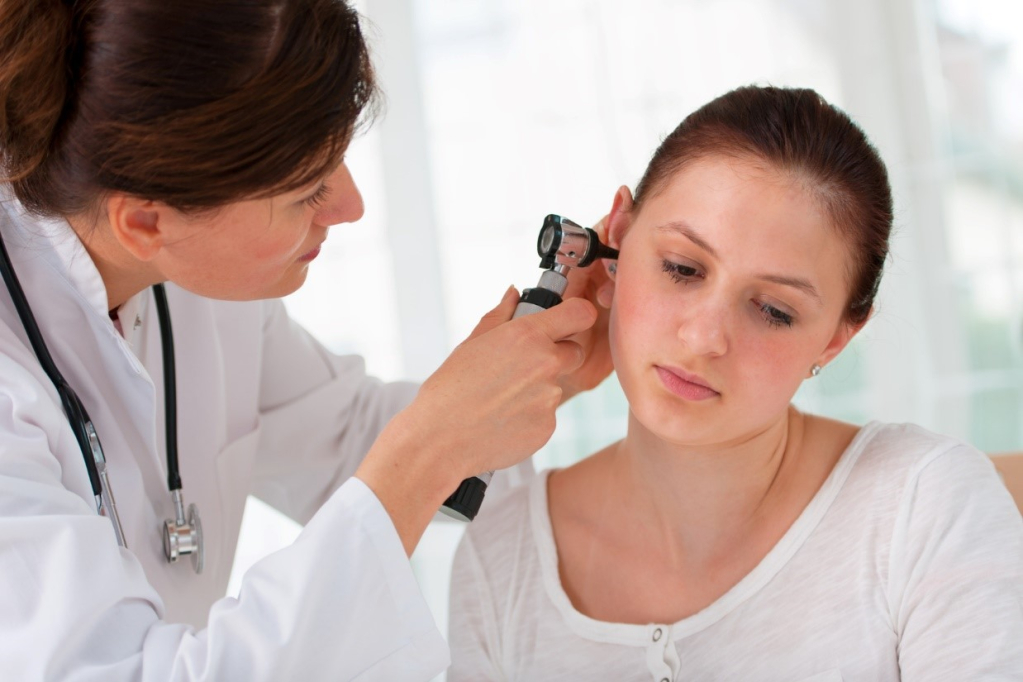
To treat ear pain, your doctor may prescribe an earache medication in the form of drops. Yes, ear drops are the most common type of medicine for this one disease.
Based on the type, there are several ear drops you can find, namely:
- Antibiotic content to treat bacterial infections
- Steroid content to relieve swelling and pain
- Antifungal properties to treat fungal infections in the ear
Some ear pain medications do contain one main ingredient to kill bacteria, but not all drugs are like that.
Nowadays, many ear pain medications contain the drug in a combination of pain reliever and bacteria or fungus reliever. That way these drugs can be used more practically. However, any use of these types of drugs should be monitored by your ENT doctor.
The following types of ear drops your doctor may recommend:
1.Polymyxin combination (Otopain)
Otopain is a drug used to treat inflammation of the ear caused by bacteria. Otopain contains lidocaine which functions to treat ear pain.
2.Chloramphenicol combination (Otolin, Colme)
Otolin and Colme both contain chloramphenicol which works to treat bacterial infections in the outer ear.
The difference, apart from containing chloramphenicol, Otolin also contains other antibacterial drugs, such as polymyxin. The two ingredients of these drugs are not suitable for treating viral ear infections.
Apart from being antibacterial, they also contain pain relievers. Earache medicine Otolin contains pain relieving ingredients benzocaine, whereas Colme contains pain relievers with lidocaine ingredients.
3. Neomycin sulfate combination (Otopraf, Otozambon)
Otopraf and Otozambon are ear pain medications that contain neomycin sulfate in combination. Neomycin sulfate works by inhibiting the growth of bacteria in the ear.
These drugs are said to be a combination because they also contain pain relievers and swelling relievers. One of the pain relievers contained in this drug is lidocaine.
4. Chloramphenicol (Erlamycetin, Reco, Ramicort)
Erlamycetin, Reco, and Ramicolt are some brands of ear medications specifically for treating bacteria. The main ingredient in this earache medicine is chloramphenicol, which acts to fight bacterial growth.
Chloramphenicol content is also often used as ear drops for children. Of course, doctors have different recommendations regarding dosages for children and adults. The severity of the disease also determines the dosage to be given.
5. Clotrimazole (Canesten)
To treat an infection in the ear due to fungal growth, clotrimazole is one earache medication that is used. Clotrimazole works against the growth of skin fungus or fungus on the skin of the ear canal. Clotrimazole is found in several forms from ointments to liquids. To treat fungus in the ear, clotrimazole is used in the form of drops.
What are the side effects of ear drops?
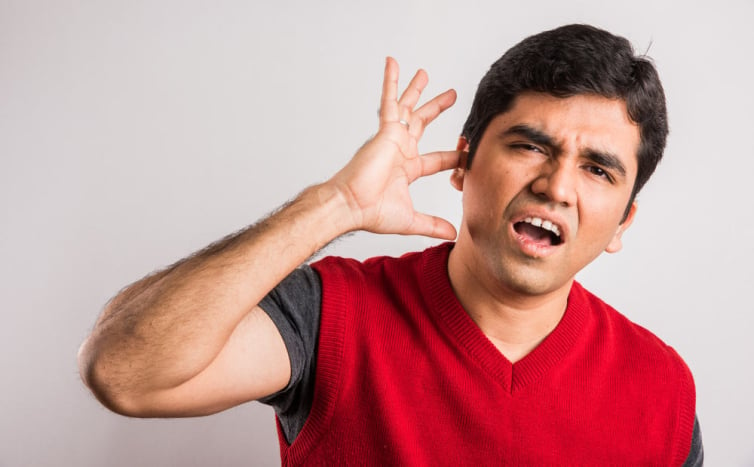
Whatever ear drops you buy and at what price, if they are not used as directed, they can cause new problems. The following are the possible side effects of using ear drops:
1. Fungal infection
Ear drops are a type of topical medicine, which is used specifically in one place that requires medication, in this case in the ear canal.
Medicines like this are usually only used for a few weeks. For example, neomycin can only be used consecutively within a week. Moreover, this drug will actually trigger fungal growth and cause new fungal infections. This condition will be more difficult to treat and require further treatment.
2. Eczema in the ear canal
In addition, doses that are too large and the time period used for too long can also cause inflammation and eczema in the ear canal.
3. Risk of deafness
The use of ear drops can also increase the risk of deafness due to medication, especially in people who have experienced a perforated (ruptured) drum due to infection. If the condition of the eardrum is open, then care must be taken in administering this drug.
Because of these various kinds of side effects, it is still necessary to consult a doctor before using one of them. By consulting, the side effects of the drugs you are using can be minimized.
Not all ear drops are a cure for infection
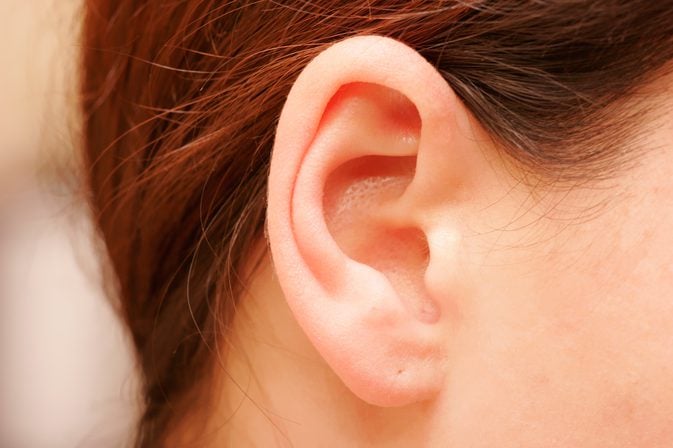
Although most of your hearing sensory infection medicines are available in the form of drops, this does not mean that all of these drops work to cure the infection. Not only to eradicate bacteria, germs, and relieve pain, this drug is also a cleanser for your ears.
There are several ingredients in ear cleaner to keep your hearing senses clean. Some of the ingredients include alcohol, gentian violet, m-cresyl acetate, thimerosal, and thymol. These ingredients are effective in cleaning wax in the ear.
Not only do you keep your ears clean by cleaning bacteria, ear drops can also clean them earwax or earwax.
Several types of ear cleaners as reported on the BPOM RI page include:
1. Docusatory sodium
Docentral sodium is found in various ear cleansers such as forumen. Docusat Sodium is one of the ingredients used to soften earwax. The softer the wax, the easier it will come out. That way, your ears avoid the growth of bacteria and fungi.
2. Phenol glycerin
Similar to docusat’s sodium, phenol glycerin is also used as an ear cleaner. Glycerin phenol acts as a moisturizer and a softening agent. This material is safe and does not cause irritation when used on the skin of the ear canal that is peeling or is experiencing injuries.
3.3% hydrogen peroxide
It is also used as a powerful ear cleaner. Hydrogen peroxide or dihydrol is similar to sodium docusate, but the use of this material is usually mixed with warm water, with a ratio of 1: 1.
What are the side effects of ear cleaners?
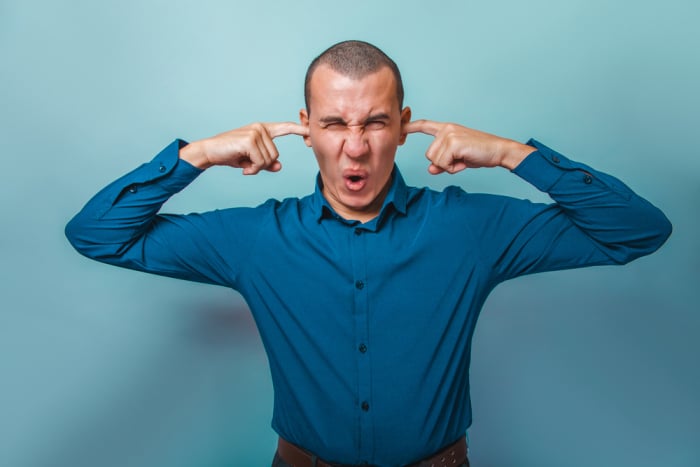
Ear drops can also have side effects if the solution is overused. If too much and too often, ear cleaning medication will actually cause ear infections.
This infection is caused because there may be a liquid ear cleaner left in the ear canal. The leftover ear cleaner fluid can be a place for bacterial growth which in turn makes your ears inflamed.
How to use the correct ear drops?

How to use ear drops for adults
Here’s how to use the correct ear drops.
Preparation
- Washing hands with soap and water or use hand sanitizer if soap and water are not available
- Warm the medicine pack first by holding it for 1 to 2 minutes, because cold water can trigger a headache to spin on the head when dropped into the ear.
- Open the cap of the medicine bottle and place the medicine bottle in a clean and dry place, avoiding touching the mouthpiece of the bottle or letting it touch any object
- If the medicine bottle uses a dropper, make sure that the pipette is clean and not cracked or broken
Drop ear drops
- Tilt your head so that your ears are facing upwards and pull the earlobe up and back
- Take the medicine bottle and start dropping the drug by massaging the bottle or dropper slowly, dropping it according to the dose of medicine given by the doctor
- After dropping, gently pull the earlobe up and down to help the medicinal fluid flow into the ear canal
- Keep your head tilted or stay in the sleeping position for 2 to 5 minutes while pressing the protruding front of your ear to push the medicine in
How to store medicine bottles
- Close the bottle tightly and avoid the tip of the medicine bottle not touching anything to maintain the sterility of the contents of the drug
- Clean the excess medicine that has pooled around the rim of the bottle using a tissue orcotton bud
- Wash your hands thoroughly afterward
- When you first put the medicine in, it is not uncommon for the ear canal to feel painful and hot. However, if after giving medication your ear becomes itchy, swollen and painful, consult a doctor immediately.
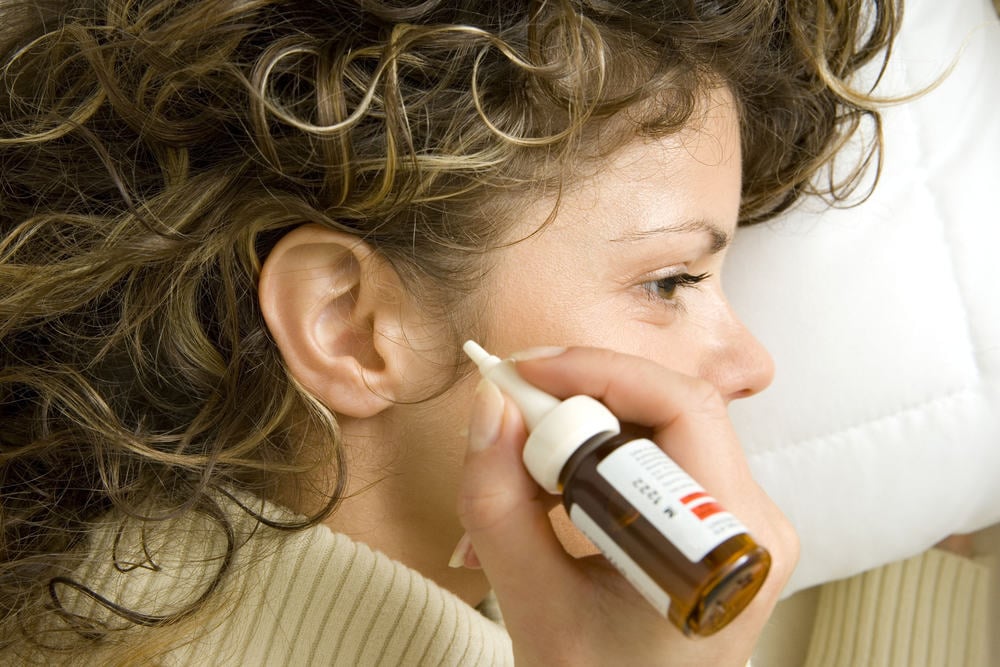
How to use child’s ear drops
Giving a child’s ear drops can be more challenging than giving them to an adult. Children move more and feel uncomfortable easily. If it’s like this, there are children who even struggle.
Medicines that should have entered may be removed again or spilled out of the ear.
Here are some things you should pay attention to when using child’s ear drops:
- Assure your child in advance that giving this medicine will be uncomfortable. However, keep reassuring him that this is not a painful process. So your child is calmer and less moving.
- Wash your hands with soap before pouring the child’s ear drops
- For babies or children under 2 years you can wrap them (swaddled) in a blanket to adjust their position.
- Ask the child to lie down on the bed and tilt his head and body. Place the child’s head on a thin pillow.
- Place the tip of the dropper or bottle over the ear hole, then squeeze the bottle or dropper of your child’s ear medication according to the recommended dose.
- Do not let the tip of the dropper touch the child’s ear because it can cause the tip of the dropper to become non-sterile. Moreover, it can also startle the child.
- Ask the child to remain still for at least 1 minute after the drug is administered.
- If medication is needed on both sides of the child’s ear, repeat the above steps after waiting at least 1 minute for the previous ear.
- Wash your hands again when you are finished dripping them.
Hello Health Group does not provide medical advice, diagnosis or treatment.